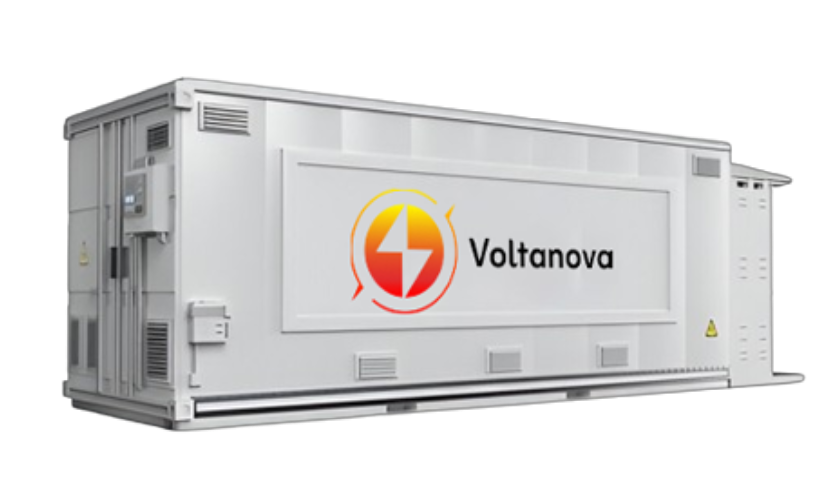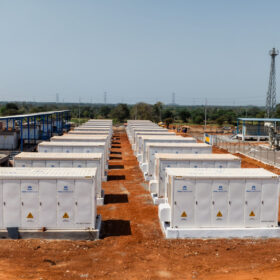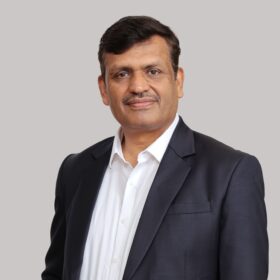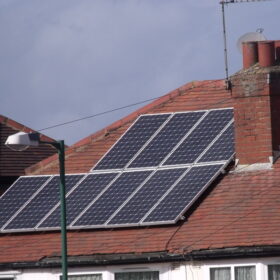pv magazine: What role can thermal energy storage systems play in addressing the intermittency challenge with renewable energy? How do these systems compare with battery storage and pumped storage systems?
Thermal energy storage systems help solve the intermittency challenge of renewable energy by storing surplus power as heat and dispatching it when needed — offering long-duration, cost-effective energy storage that enables 24/7 clean energy. This is especially critical for industrial sectors, where continuous, high-temperature energy demand can’t be met reliably by intermittent renewables or conventional batteries.
Thermal energy storage systems not only stabilize energy supply but also reduce dependence on vulnerable global supply chains, since they can be built using abundant, locally available materials — unlike lithium-ion batteries which rely on scarce, imported minerals.
Given the current supply chain challenges for lithium battery storage, do you think thermal battery system can be a feasible option with 100% domestic sourcing?
Voltanova’s thermal battery system is a highly feasible alternative to lithium-ion storage with the potential for 100% domestic sourcing. Unlike lithium batteries that depend on imported critical minerals, Voltanova uses materials abundantly available and manufacturable in India. This makes it a resilient and scalable solution, particularly suited for industrial energy storage and grid backup applications.
Key advantages are one-fifth the cost of lithium battery storage, 100% domestic sourcing using abundant materials, aligned with Make in India & Atmanirbhar Bharat [self-reliant India] goals, simpler manufacturing using existing industrial capabilities, highly scalable and modular design, no exposure to global battery supply chain risks, and longer lifespan and lower degradation than lithium batteries.
What are the challenges in building these systems and how did you overcome them?
Building a high-temperature thermal energy storage system involves tackling complex challenges across materials science, product design, thermal efficiency, and system integration. These include managing extreme temperatures (2,000°C), minimizing heat loss over long durations, ensuring long life and safety, and meeting cost benchmarks that beat fossil fuels.
At Voltanova, we’ve overcome these with a first-principles approach, deep R&D, and rapid prototyping — developing a system that’s not only efficient and affordable, but also modular and retrofittable to existing industrial infrastructure and deployable in weeks, making adoption seamless for customers. The system is designed for heavy industries and scalable to grid-level applications.
Specifically, we overcame the following key challenges:
Extreme temperatures: Developed proprietary insulation and structural systems to retain heat efficiently at ~2000°C.
Material selection: Sourced high-performance, locally available materials built for long-term thermal stability.
Long-duration energy storage: Engineered to minimize heat loss and deliver high round-trip efficiency over multi-week durations.
Cost targets: Designed for one-fifth the cost of lithium batteries through modular design and supply chain localization.
Retrofittability: Built the system to integrate with existing steam, hot air, or power infrastructure, reducing switching costs for industries.
AI-powered management: Integrated smart controls to optimize energy dispatch for heat and power use cases.

Image: Voltanova
What are your immediate priorities—tech refinement, partnerships, or manufacturing scale-up?
Our immediate priorities are focused on building and validating our industrial-scale product in real-world settings, incorporating customer feedback, and refining the core technology. We are moving swiftly toward full product readiness and fulfilling initial customer orders. Our goal is to ensure that Voltanova’s thermal energy storage system is not only technically advanced but also commercially viable and scalable across diverse industrial applications.
Where do you see Voltanova in the next three years in terms of market presence and technological evolution?
Over the next three years, Voltanova aims to help industries avoid millions of tonnes of CO₂ emissions by enabling a shift away from fossil fuels. Aligned with India’s net-zero and energy security goals, the company is developing a made-in-India solution that empowers factories to operate reliably, eases pressure on the electricity grid, and makes clean energy more accessible and affordable.
This content is protected by copyright and may not be reused. If you want to cooperate with us and would like to reuse some of our content, please contact: editors@pv-magazine.com.









2 comments
By submitting this form you agree to pv magazine using your data for the purposes of publishing your comment.
Your personal data will only be disclosed or otherwise transmitted to third parties for the purposes of spam filtering or if this is necessary for technical maintenance of the website. Any other transfer to third parties will not take place unless this is justified on the basis of applicable data protection regulations or if pv magazine is legally obliged to do so.
You may revoke this consent at any time with effect for the future, in which case your personal data will be deleted immediately. Otherwise, your data will be deleted if pv magazine has processed your request or the purpose of data storage is fulfilled.
Further information on data privacy can be found in our Data Protection Policy.